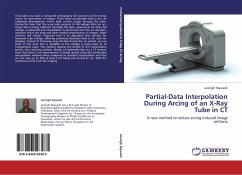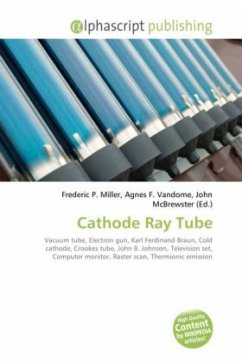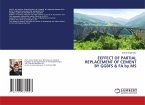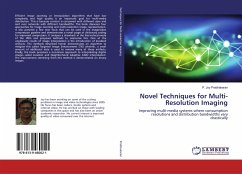X-ray tubes are used in computed tomography (CT) scanners as the energy source for generation of images. These tubes occasionally tend to arc, an undesired phenomenon where high current surges through the tube. During the time that the x-ray tube recovers to full voltage after an arc, image data is being collected. Normally this data, acquired at less than full voltage, is discarded and interpolation is performed over the arc duration. However, this is not ideal and some residual imperfections in images, called artifacts, still remain. Proposed here is an algorithm that corrects for improper tube voltage, allowing previously discarded data to be used for imaging. Instead of throwing away all data during the arc period, we use some of the data that is available as the voltage is rising back to its programmed value. This method reduces the length of the interpolation period, thus reducing artifacts. Results of implementation on a CT scanner show that there is an improvement in image quality using the partial-data interpolation method when compared to standard interpolation and that we can save up to 30% of data from being lost during an arc. With the continuous drive from the imaging








